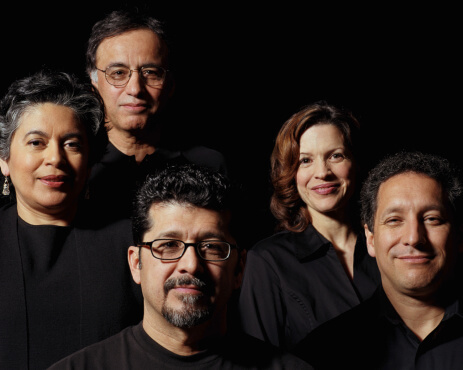By John Crowley
Human Resources was invented in the 1920’s. Well, when I say “invented,” I mean that this is the year when it first became recognised as a field of its own. However, during this time, it was called “personnel administration” – and it was a largely transactional department.
For most of the 20th century, HR – or “personnel administration” was all about the technical side of managing employees. However, by the time we reached the 1970’s, it started to change. Technology and deregulation encouraged personnel administrators to explore a more strategic side to their role – and this eventually led to the field being renamed “HRM” (Human Resource Management).
Despite this shift, HR is still often seen as a department for pushing paper across the desk. HR professionals are often still forced to deal with repetitive, manual tasks – a transactional career, instead of a strategic one. So, I’ve decided to give you seven easy ways to make a change.
Automate your basic processes
You can do this by implementing any sort of HR software, although some solutions are far better than others. Ideally, you’ll want a web-based system that lets you design processes and set up automatic notifications and alerts. This means the computer will be moving paper from one place to another – instead of you. Tasks to automate might include payroll, distributing company documents, sending out contracts, and notifying of changes to employee details.
Empower your employees
Look for HR software that allows employee self-service. This means employees can access their own information, edit contact details, request holidays, submit expense reports, and more – all within your online system. This helps alleviate your administrative burden and carve the path to a more strategic future in two ways. Firstly, you have less work to do. More things are automated! Secondly, you are already on your way to engaging your workforce – a very strategic move.
Delegate
You can’t automate everything. Where possible, delegate other administration tasks to somebody else who can take them on – you’ll free up more time for strategic thinking.
Create “people” goals that match your “business” goals
Now you have more time to think, see what you can do with your people that will support the goals of your organisation. Speak to owners, directors, and ask what they’d like to achieve. Then think about how you can manage your people differently to support these goals.
Think three steps ahead
Now that you’re starting to think strategically, start casting your thoughts further into the future. Instead of fighting the flames, look for the source of the fire! In other words, think about what you can do now, to make your business better in the future. Fire proof the whole building if possible!
Collect and analyse HR data
You’ll want a way to track the progress of your new initiatives and ideas. The best way to do this, is to start reporting on key metrics. This also helps you share insights with senior people in your business. These five HR metrics are a good place to start:
- Cost per hire
- Absence
- Turnover
- Engagement
- Performance
If you’re still using spreadsheets, you’ll be able to generate basic reports. Ideally, you should use an HR system with in-built reporting functionality.
Keep your finger on the pulse
As a strategic HR professional, you’ll need to stay aware of what’s happening around you. This means not only in your organisation, but in the wider business context. The world of HR is always changing. If you can follow the trends and keep your finger on the pulse, you’ll be able to act faster and more effectively, to help your organisation evolve and adapt.
John Crowley has been writing and reporting on HR and People Management topics since 2012. As a part of the marketing team he is responsible for planning, creating and editing content at People HR.







